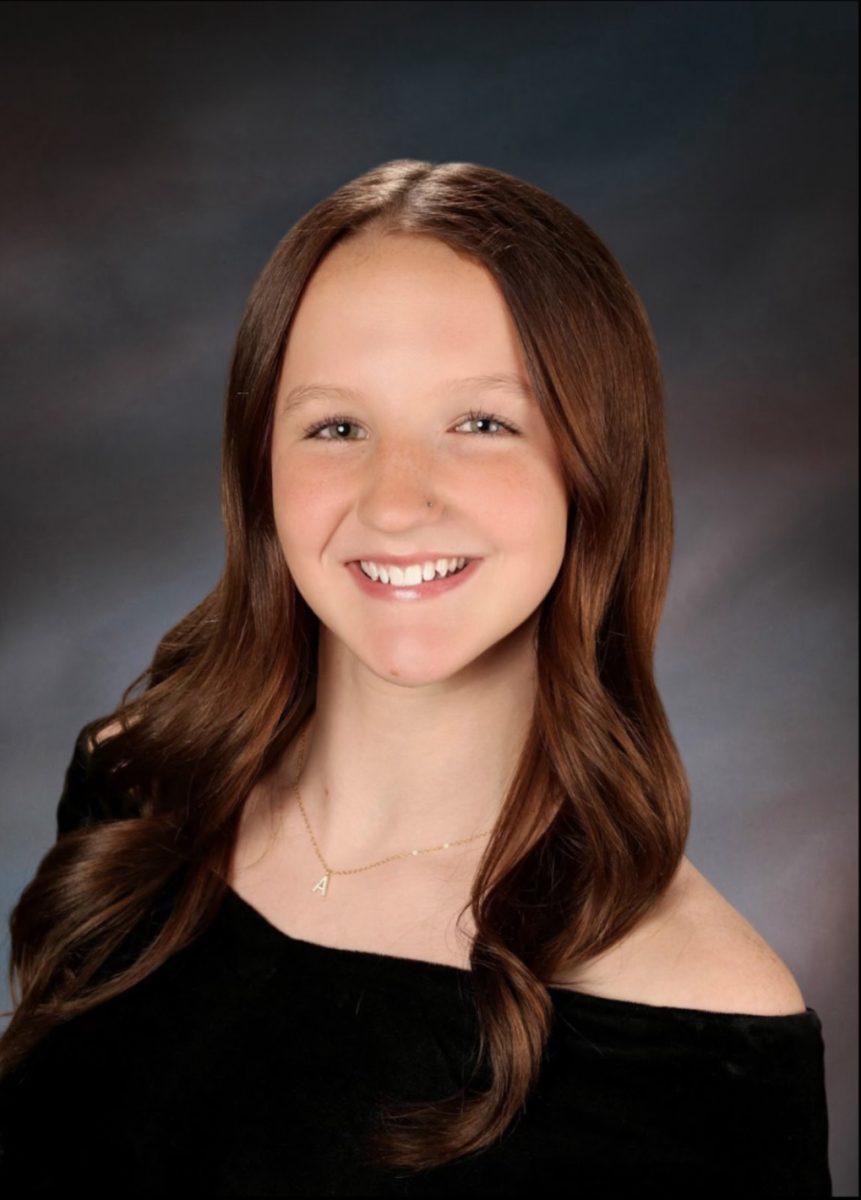William Harmon’s classroom is not just a place of learning; it’s proof of resilience. As students walk into his social studies class at Spring Valley High School, they are greeted by a tall man whose presence is powerful—not just because of his deep knowledge of history, but because of the unique way he delivers it. Despite being blind, Harmon has spent almost four decades teaching, proving that passion and becoming very adaptable, can overcome any obstacle.
His journey into education was inspired at a very early age. “When I was in sixth grade, my sister became a teacher,” Harmon recalled. “I went to visit her classroom over winter break and thought how cool it was—she had her name on the door and all that stuff. By then, I was already interested in social studies, and I decided that the best way to do what I really liked was to become a social studies teacher.”
Unfortunately, the path to the classroom was not an easy one. Harmon’s biggest concern wasn’t just how students would react to his visual impairment, but whether schools would even give him a chance to teach. “This was back in the 1980s,” he explained. “A lot of schools weren’t hiring teachers with disabilities. It took me a while to actually find a school district that would hire me.”
When he finally did land a teaching job, Harmon faced another challenge—technology, or rather, the lack of accessible technology for blind educators.
“When I first started teaching, we were still using chalkboards,” Harmon said. “There wasn’t a lot of technology, and when things did advance, they didn’t always keep up with accessibility needs.For example, there weren’t any Braille books for teachers, so I had to get those made especially.”
As technology evolved and advanced, so did Harmon’s ability to navigate his role more smoothly. “By the time I got out of college, computer technology had improved a lot. My first computer didn’t have access to the internet—there wasn’t really internet in schools at that time—but as things progressed, I found ways to keep up,” he said. “Now, I keep all my lesson plans on a flash drive. I started working on them the year before so I’m always prepared.”
His meticulous organization is a strength that many teachers envy.
“Honestly, that makes you way more prepared than most teachers at Spring Valley,” a student remarked during the interview. Harmon laughed, acknowledging that preparation is key. “You never know what’s going to happen in August, so I like to have everything ready ahead of time. Of course, sometimes I have to make changes, but the framework is there.”
Beyond lesson plans and historical facts, Harmon’s presence in the classroom serves as an invaluable lesson in itself. He believes his role extends beyond teaching social studies—he is also teaching students about inclusivity and breaking down misconceptions about disabilities.
“When I was growing up, lots of people were still afraid of those with disabilities. And even now, some adults still act the same way,” Harmon said. “But kids? If they see me teaching and doing what I do, they’re not scared. They grow up understanding that blind people, or people with any physical disability, are just as capable as anyone else.”
For more than 36 years, Harmon has been educating students, 17 of which have been spent at Spring Valley High School. Before that, he taught at a middle school in Las Vegas for nearly 11 years and spent seven years teaching in Texas. His experience has made him a firm believer in interactive learning, favoring discussions over PowerPoint slides.
“I love talking to my students,” Harmon said. “I call on them to answer questions and share their thoughts because I think the best way to learn is by talking to people and engaging in conversation.”
His teaching style has left a lasting impact. “When I first entered your class, I was caught off guard because I was so used to learning through PowerPoint presentations,” Senior Rya Vick said.“But I value the way you teach. I feel like I retain a lot more information because I have to be engaged and aware. I never know when my number is going to be called.”
¨Mr. Harmon is an extraordinary teacher,¨ Principal Tara Powell said. ¨He really connects with his kids, and really cares that they’re successful. He takes an approach with them to like meet them where they’re at, and then provide them with that guidance and mentoring to be better.¨
Outside the classroom, Harmon has been a strong advocate for civil rights, particularly for blind Americans. He has traveled to Washington, D.C., to lobby for policies that improve accessibility and opportunities for individuals with visual impairments. While he has stepped back from active advocacy in recent years, his passion for learning and teaching remains unwavering.
“My biggest goal has always been to be the best teacher I can be,” he said. “I spend a lot of time reading about different things happening in the world so I can bring that knowledge to my students. If I can inspire them to be more aware of history and the world around them, then I’ve done my job.”
As the interview wraps up, Harmon expresses his appreciation for his students. “I love talking to you folks,” he says with a smile. “Every day, I learn just as much from you as you do from me.”
For his students, the feeling is mutual. William Harmon isn’t just a teacher—he’s an inspiration, proving that education has no limits, only opportunities.







